Hi photographers and urban explorer friends,
Here are some new pictures, taken at the former silk mill of Lodeve, in South of France. Built from 1899 for the Gallia cloth factory, the place closed in 2004.
In the textile industry, the moulinage is the action of twisting the silk string. The moulinage happens between the spinning and the weaving steps.
These factories were some long buildings, located deep down into valleys and near by rivers.
The textile industry in Lovede started during the Middle Ages, and since, the city hosted several factories.
In 1288 already, a regulation text from Beranger (Lodeve’s bishop), about the sheets manufacturing, establish the age of that “drapery manufacture” and the existence of several cloth drapery factories in the city and around.
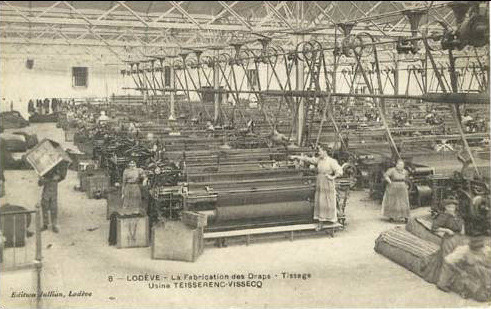
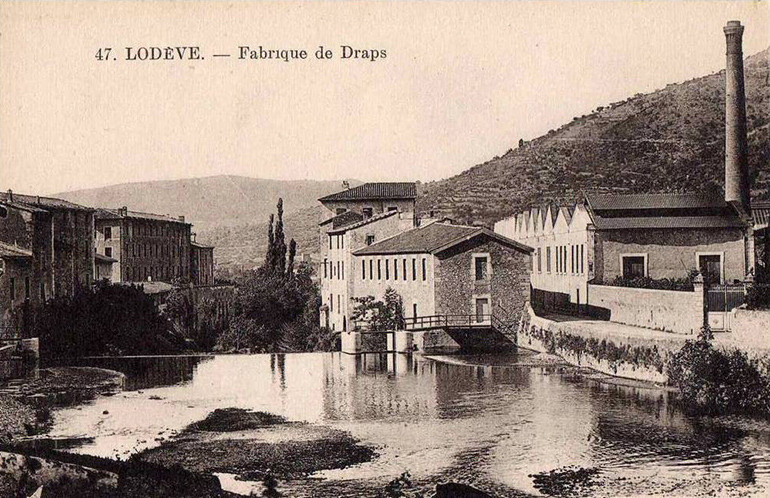
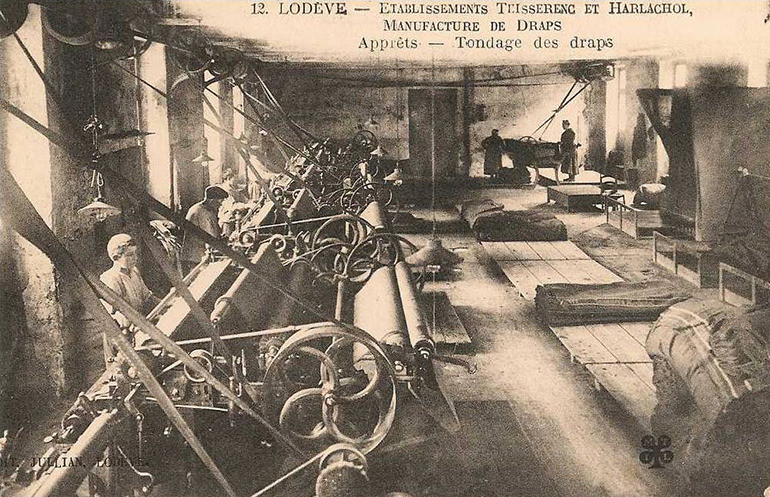
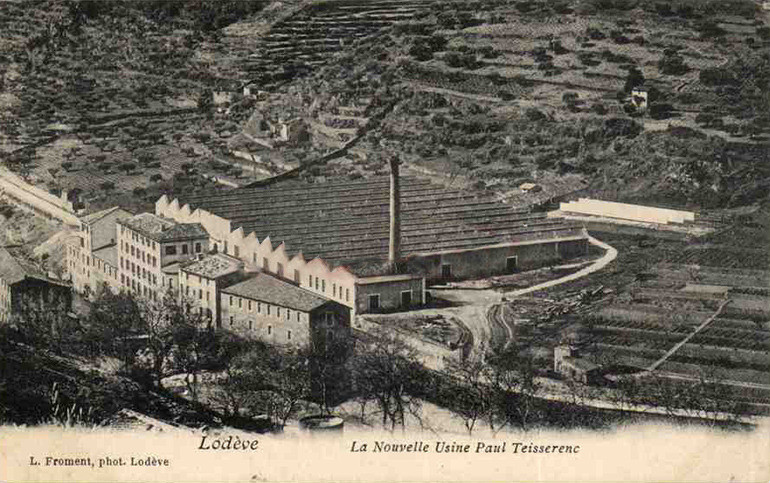
Cross-reference information from Internet, makes me believe that the former slik mill of Lodeve is part of a complex of buildings that have successively hosted several factories, over years
Apparently, the main part was a sheets factory, Teisserenc and Harlachol establishment. Wool weaving factory that closed in 1960, but the name Teisserenc and Vissecq also appears.
The Lergue river runs near by, and be used by the Bouldous and Bellerive factories. Dams, dykes and canals show the importance of water in the wool processing steps, using the strength of water flows.
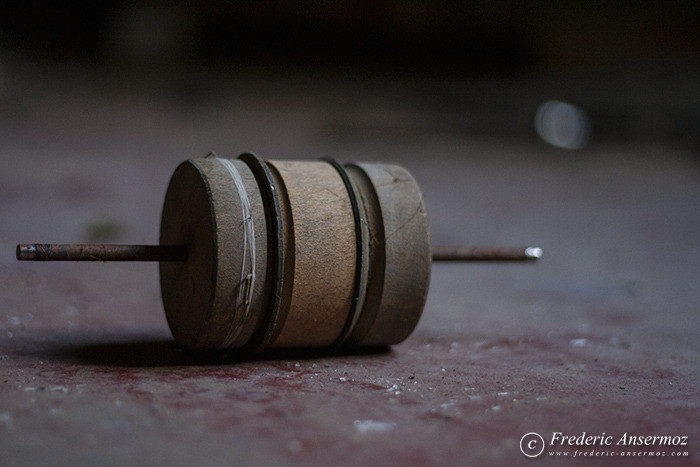
F1.8, 1/250 sec, 50 mm, ISO800, Canon EOS 400D DIGITAL
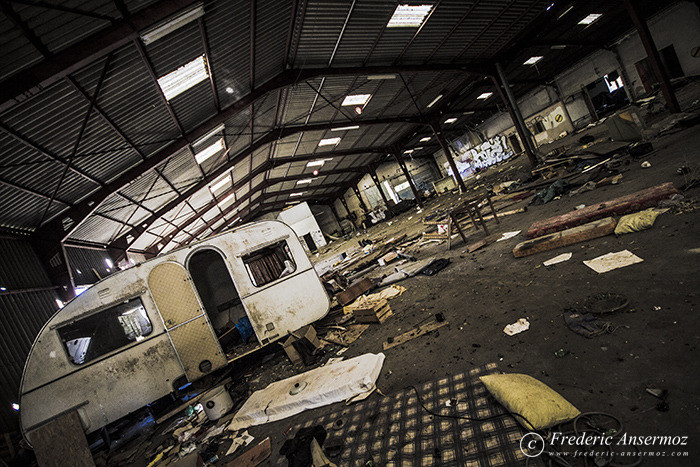
F4.5, 1/60 sec, 10 mm, ISO800, Canon EOS 7D
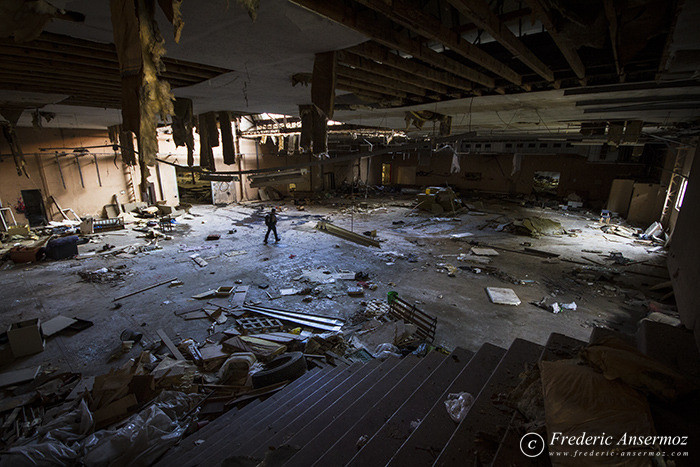
F5.6, 1/30 sec, 10 mm, ISO800, Canon EOS 7D
Textile activity will take off in 1726 thanks to the intervention of the Cardinal de Fleury, born in Lodeve, who became Louis XV Prime Minister. He granted the city of sheets supply monopoly, providing royal infantry troops. Lodeve became the sheet capital for the troops for almost two hundred years and reached its peak in the middle of the 19th century.
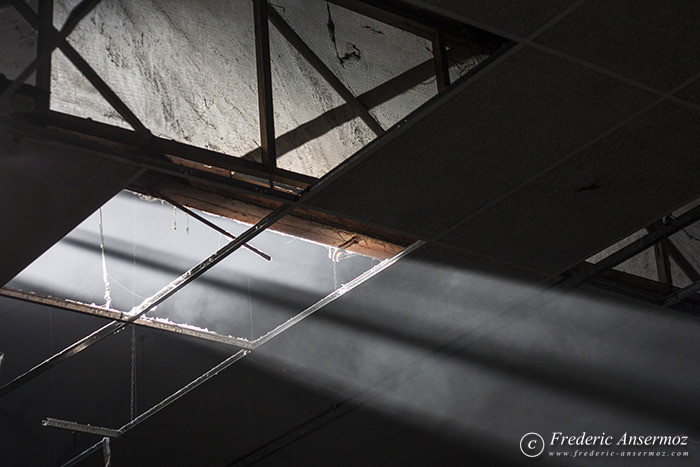
F2.5, 1/80 sec, 50 mm, ISO200, Canon EOS 400D DIGITAL
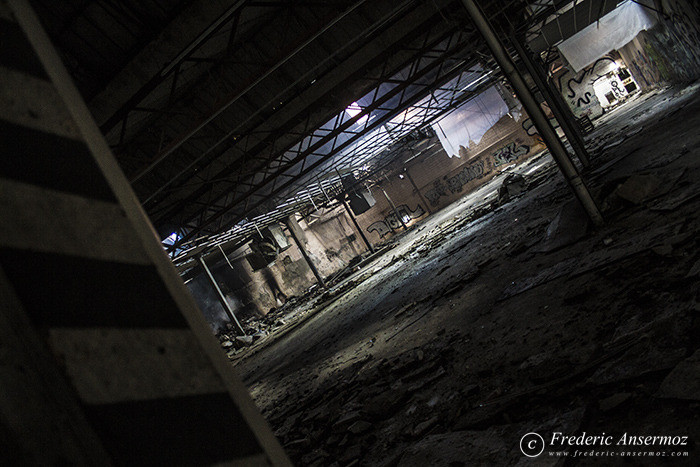
F3.5, 1/40 sec, 18 mm, ISO800, Canon EOS 7D
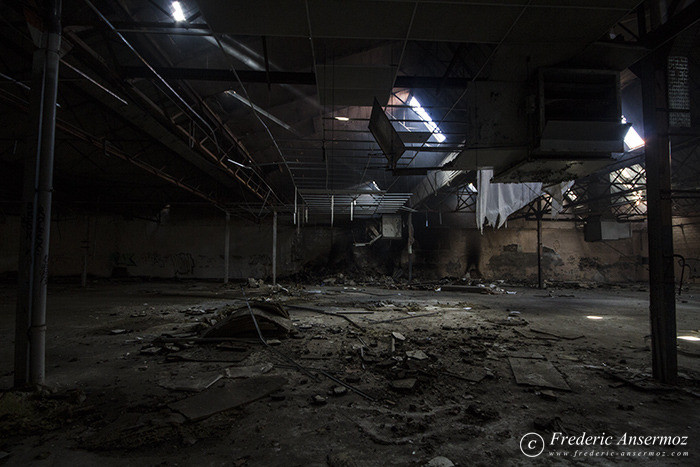
F10, 1/10 sec, 10 mm, ISO800, Canon EOS 7D
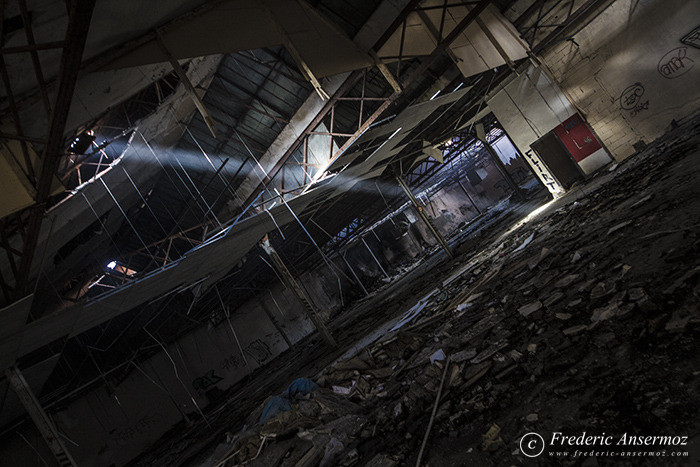
F5.6, 1/10 sec, 16 mm, ISO800, Canon EOS 7D
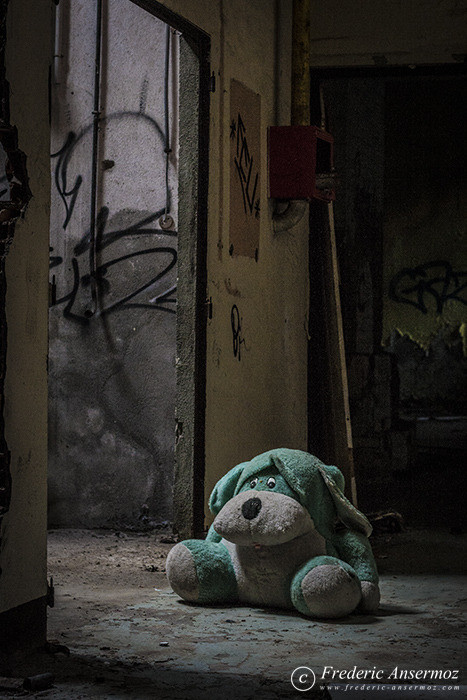
F4.5, 1/100 sec, 50 mm, ISO800, Canon EOS 400D DIGITAL
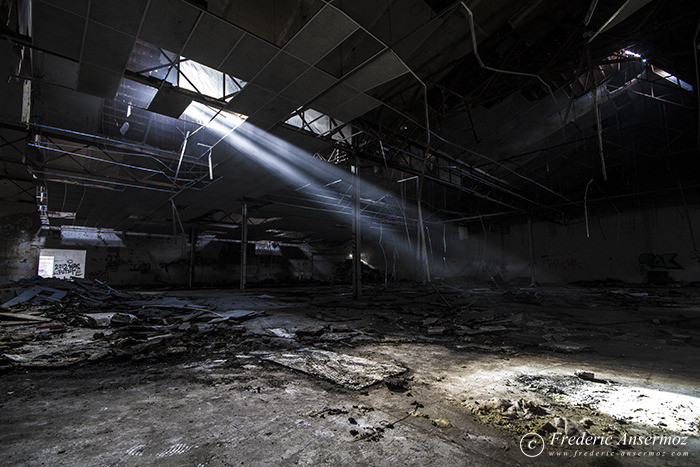
F9, 1.3 sec, 10 mm, ISO125, Canon EOS 7D
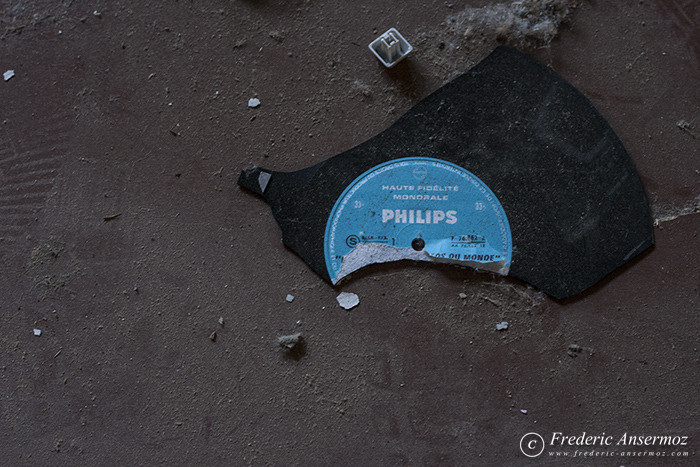
F4.5, 1/20 sec, 50 mm, ISO800, Canon EOS 400D DIGITAL
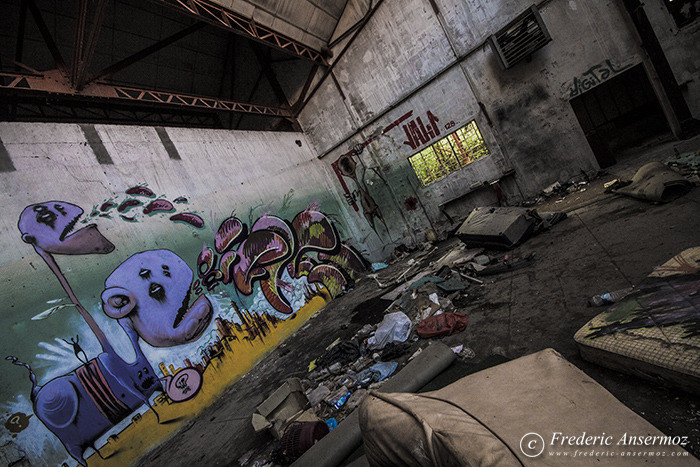
F9, 1/100 sec, 10 mm, ISO800, Canon EOS 7D
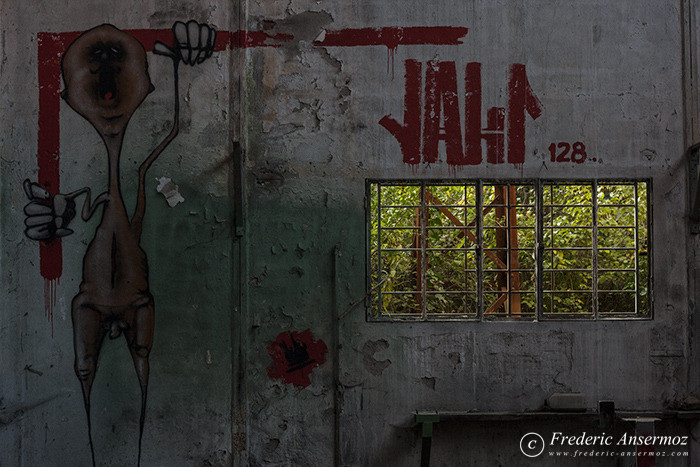
F7.1, 1/130 sec, 50 mm, ISO800, Canon EOS 400D DIGITAL
Industrial buildings from the 19th and 20th centuries match the peak of years of production. Bigger, as machines become wider and more people are needed to use them.
Brick smokestacks presence shows the use of another source of energy, in addition of the hydraulic one. Inclined roofs with wide glass windows were built to provide more light inside the factory for the workers.
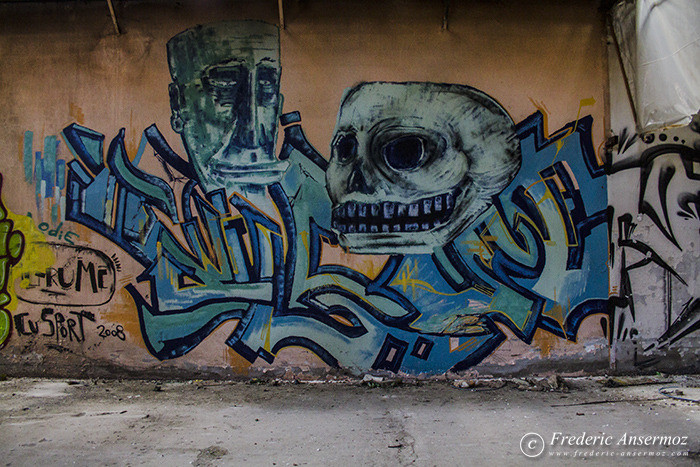
F5, 1/20 sec, 18 mm, ISO800, Canon EOS 7D
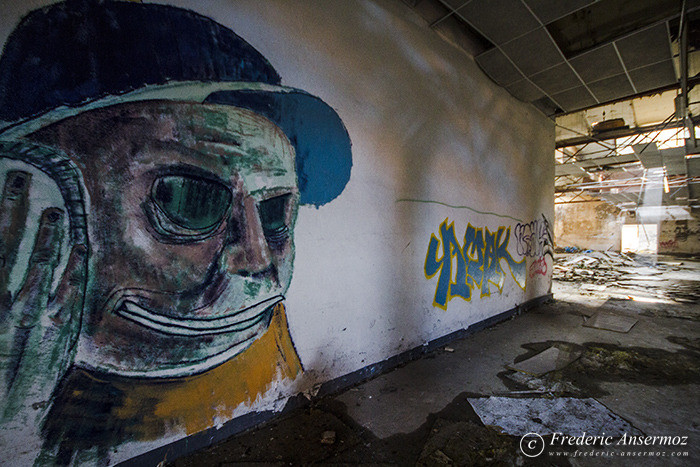
F4.5, 1/10 sec, 10 mm, ISO800, Canon EOS 7D
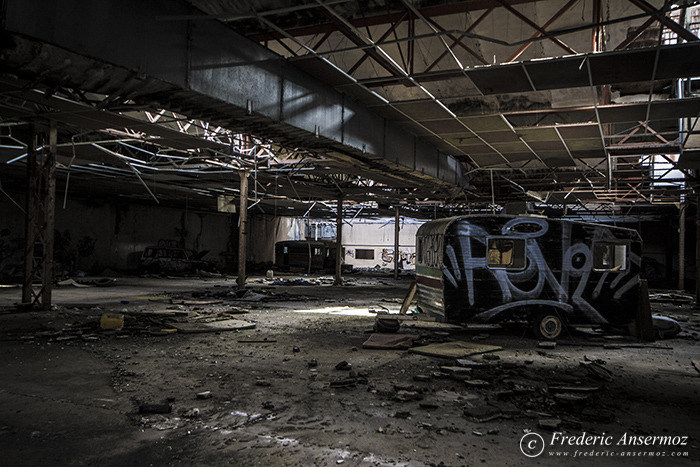
F7.1, 1/30 sec, 20 mm, ISO800, Canon EOS 7D
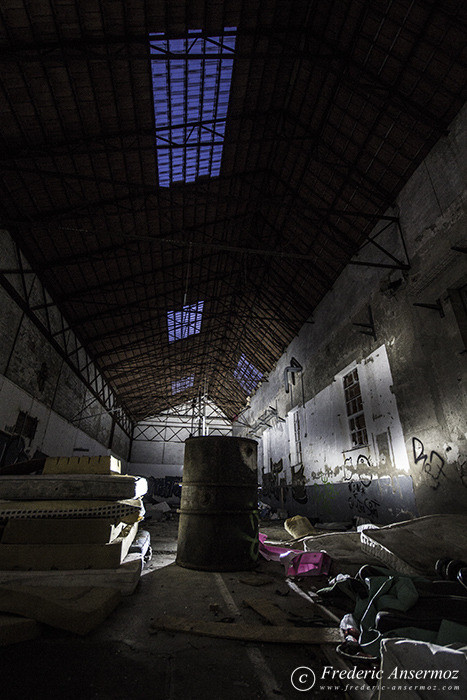
F5, 30 sec, 10 mm, ISO800, Canon EOS 7D
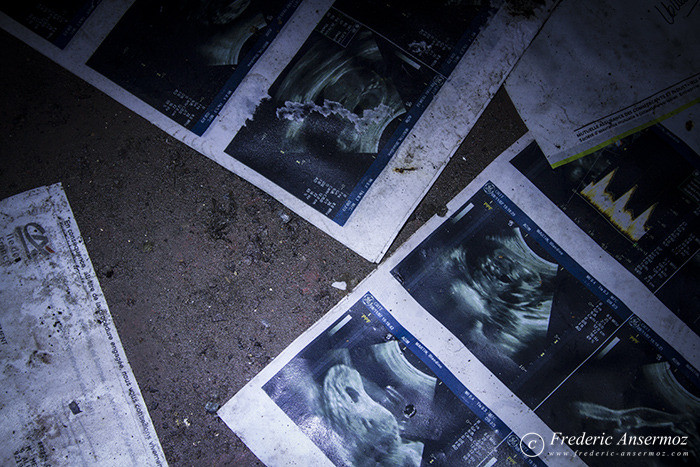
F9, 2 sec, 55 mm, ISO400, Canon EOS 7D
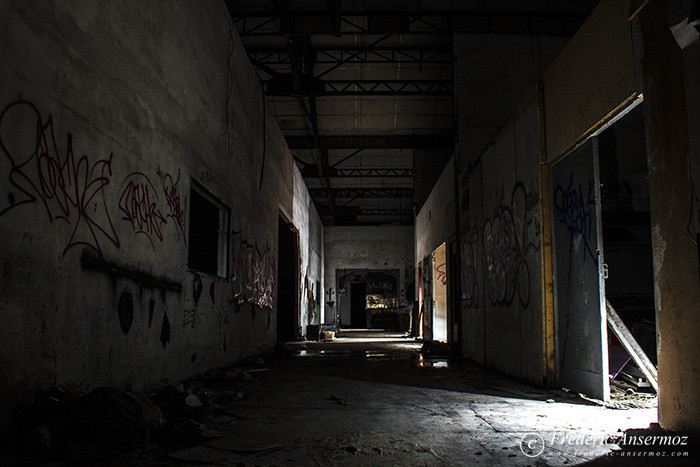
F10, 30 sec, 18 mm, ISO640, Canon EOS 7D
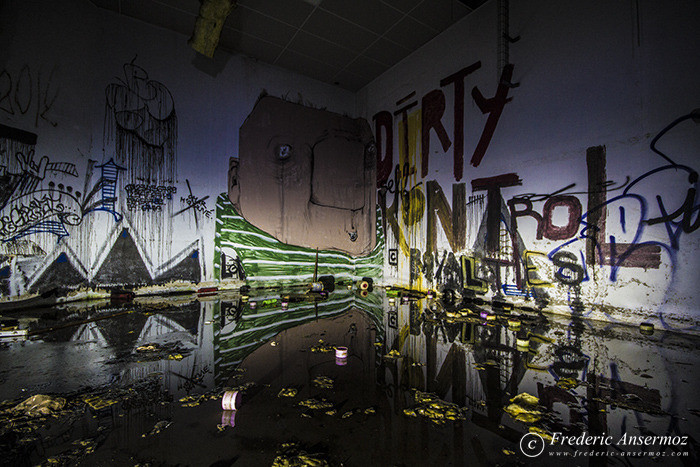
F8, 8 sec, 10 mm, ISO800, Canon EOS 7D
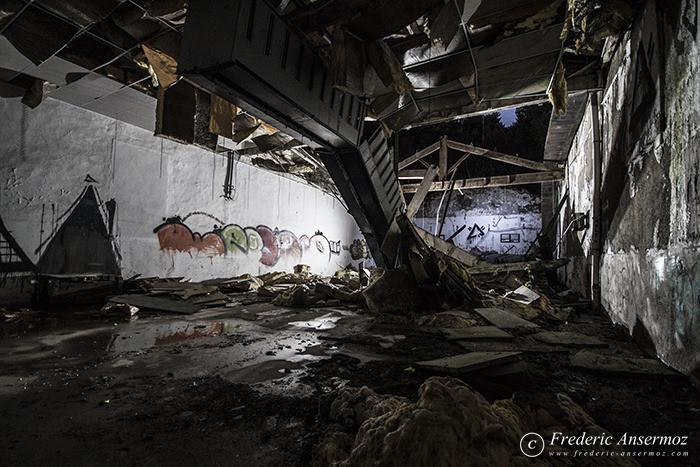
F5, 30 sec, 10 mm, ISO800, Canon EOS 7D
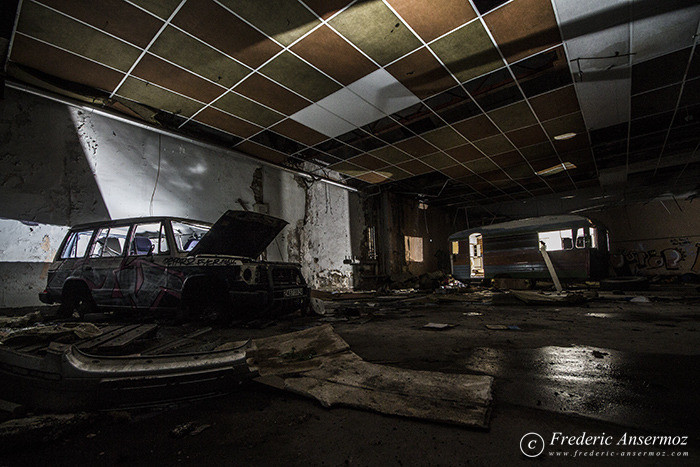
F8, 8 sec, 10 mm, ISO800, Canon EOS 7D
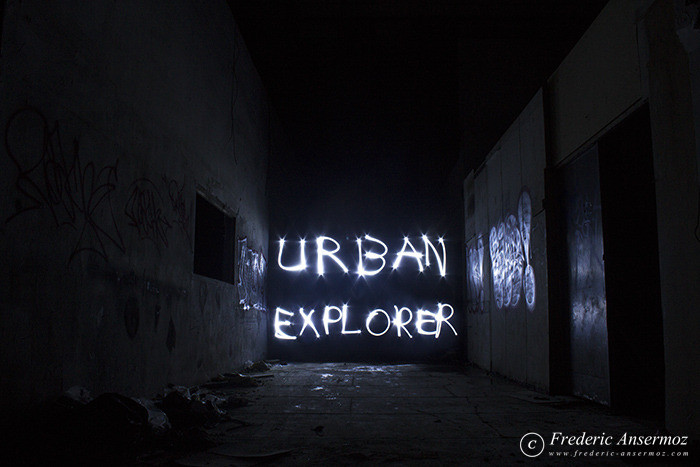
In the 90s, the city trends to a new strategy of development and bets on culture as a way to increase tourism and economy.
In the 2000s, the Rialto group wants to turn the disused factory into a cultural area. The Rialto community is a group of creative people and was created to save the former silk mill of Lodeve. 12 000 square metres of buildings and almost the same outdoor surface, dedicated to art, cultural and social innovation, tansfering knowledge, savoir-faire, techniques and production.
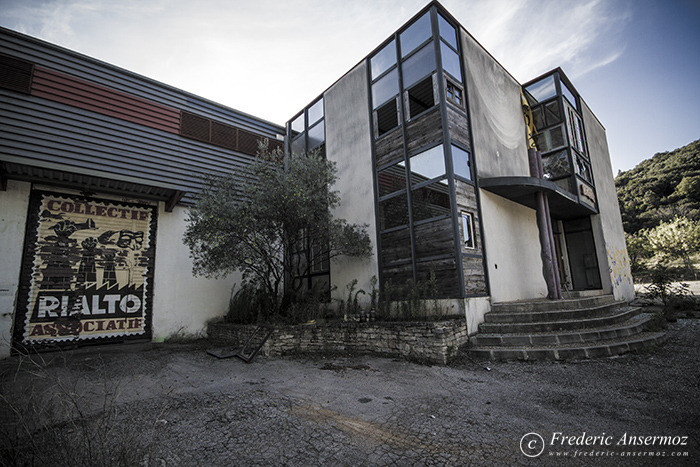
F8, 1/250 sec, 10 mm, ISO320, Canon EOS 7D
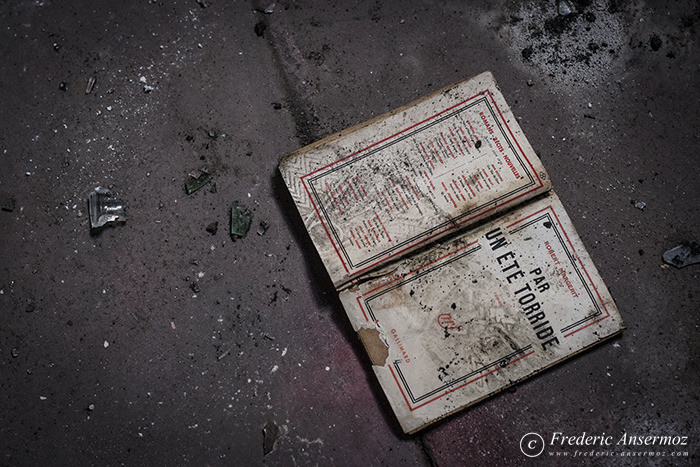
F4.5, 1/100 sec, 50 mm, ISO800, Canon EOS 400D DIGITAL
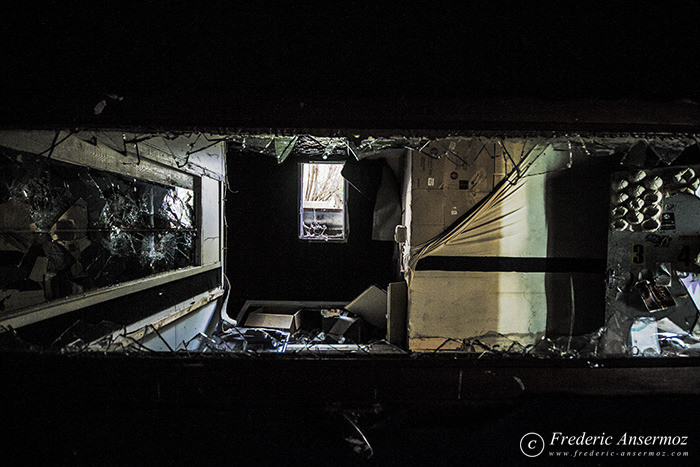
F4, 1/30 sec, 10 mm, ISO800, Canon EOS 7D
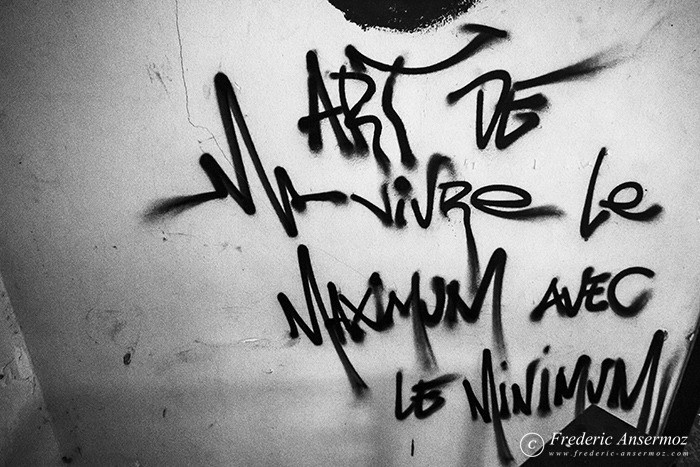
F9, 1/0 sec, 16 mm, ISO3200, Canon EOS 7D
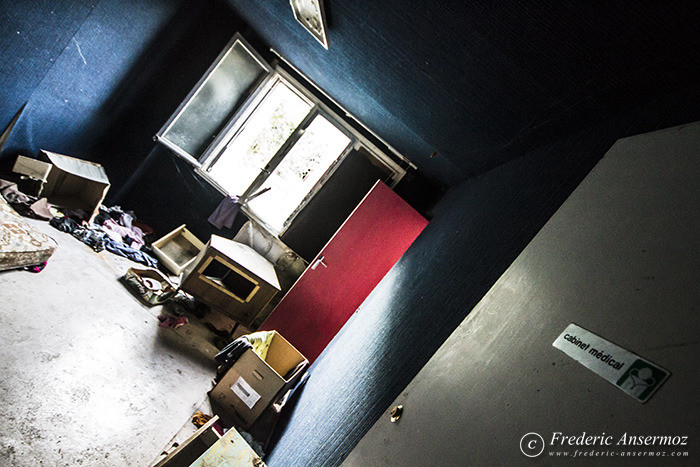
F4.5, 1/10 sec, 11 mm, ISO2500, Canon EOS 7D
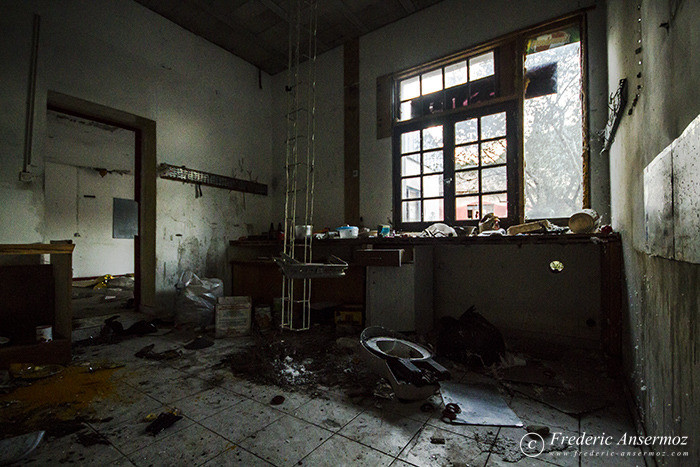
F5.6, 1/50 sec, 10 mm, ISO2500, Canon EOS 7D
Now there is almost nothing left in those abandoned buildings. Full of history, we can still feel some emotions while exploring them, during day time or even at night time. You can find graffitis, weird objects, broken or not, and even some dismantled cars (as there was a kind of garage there).
Enjoy photography, urban exploration, and be safe and respectful!
IMPORTANT NOTE:
Urban exploration can be dangerous and illegal, so please be careful if you visit those abandoned places. We do not encourage you to explore them, but if you do, please respect those old places. You enter at your own risks!
